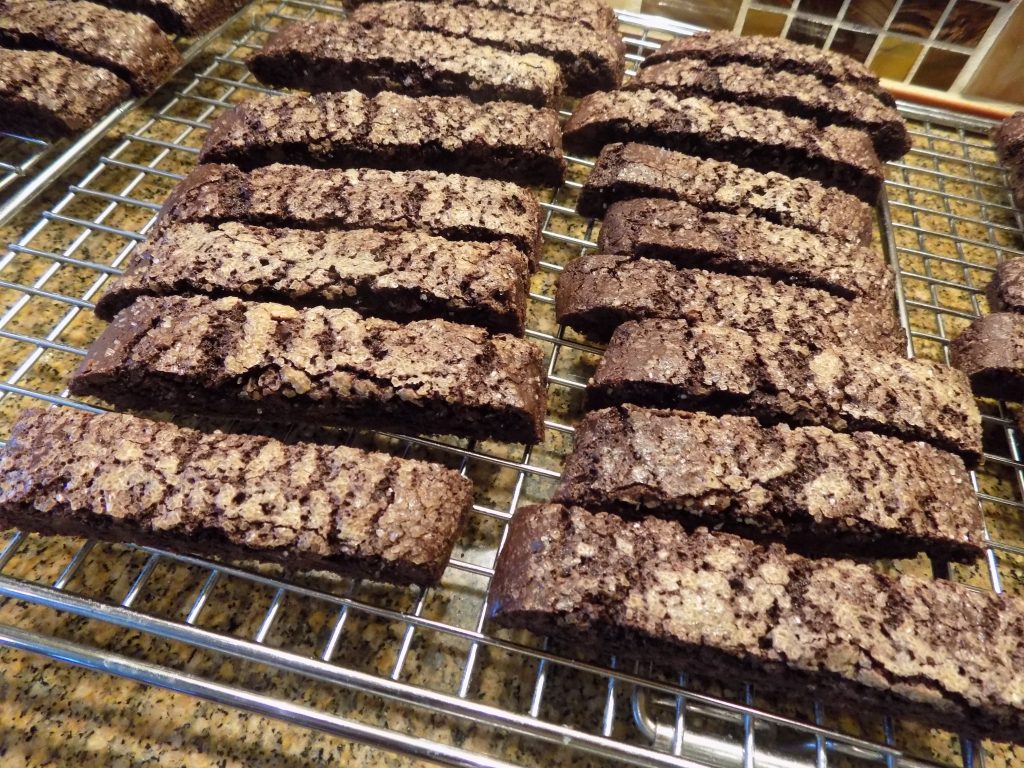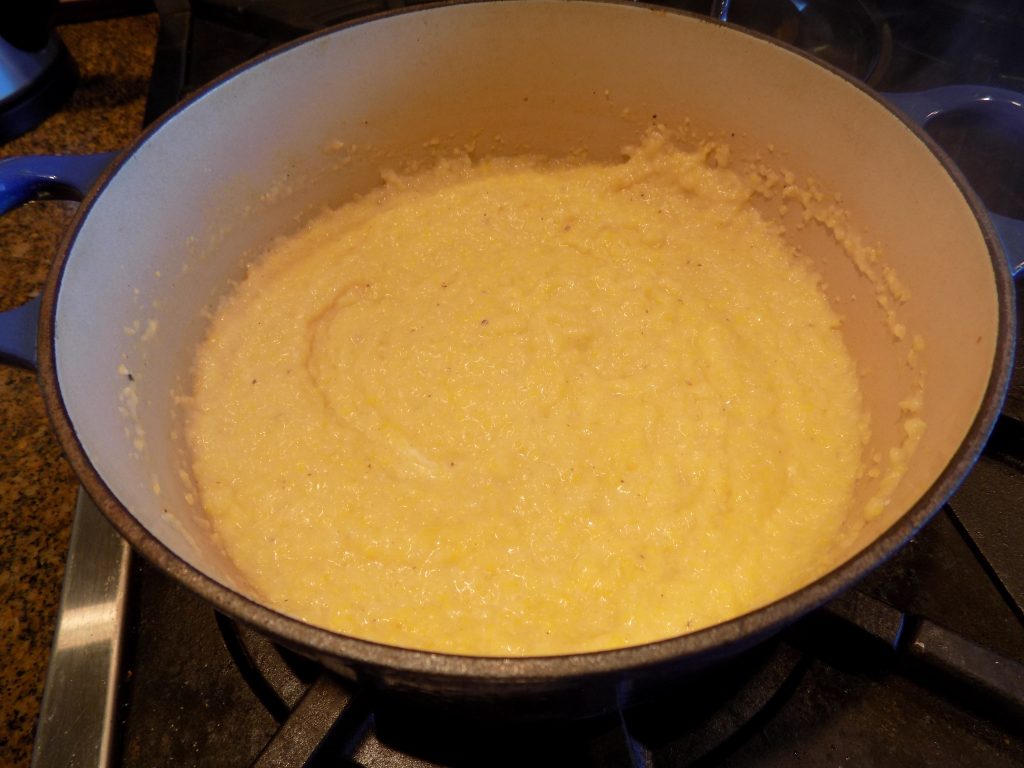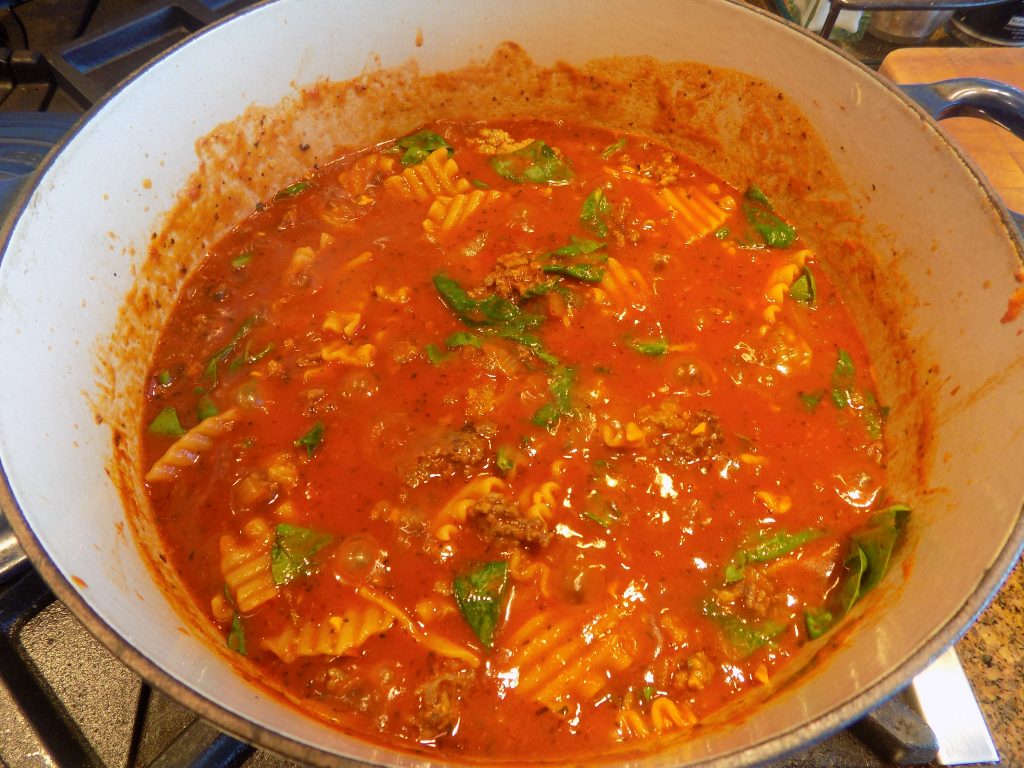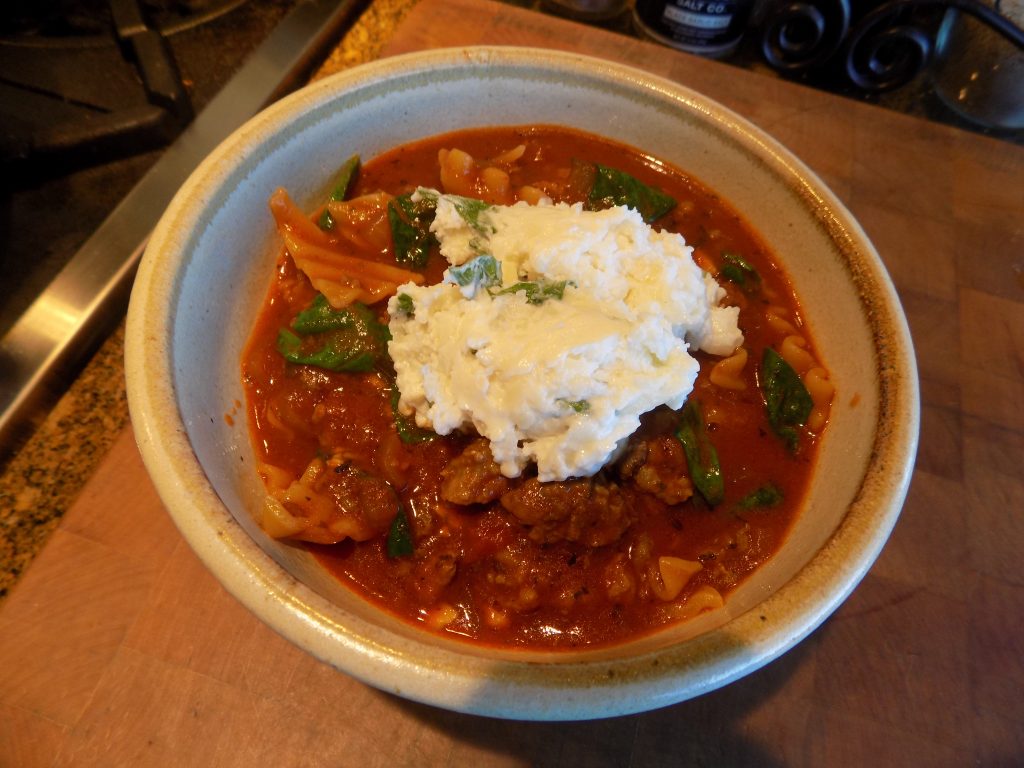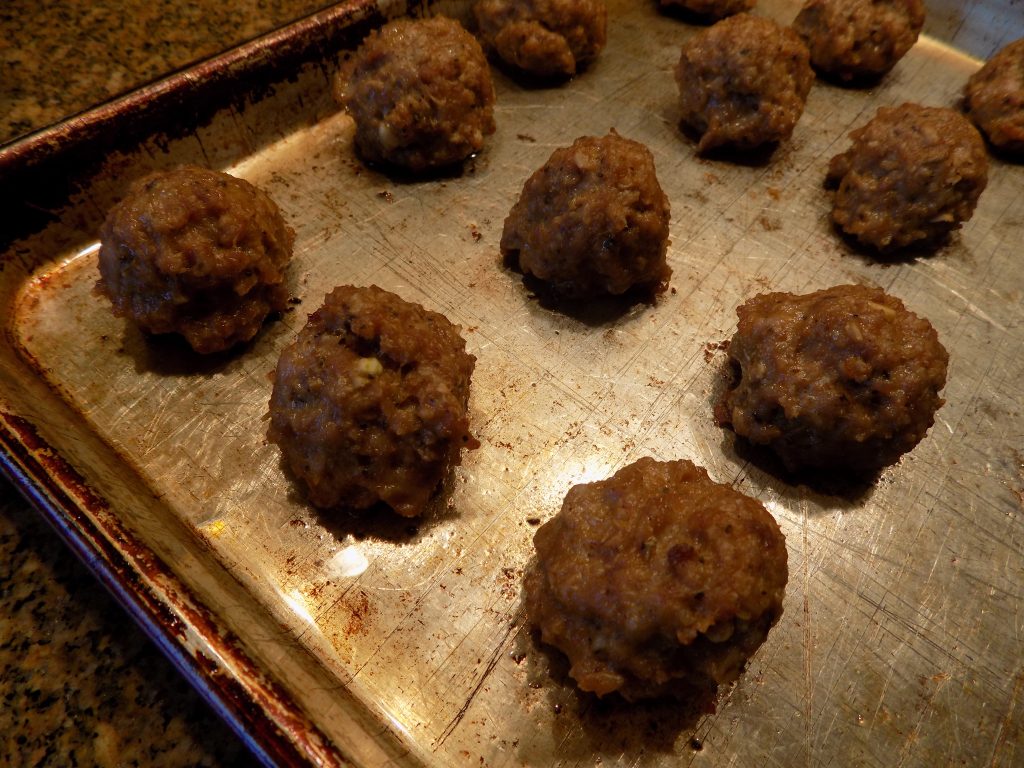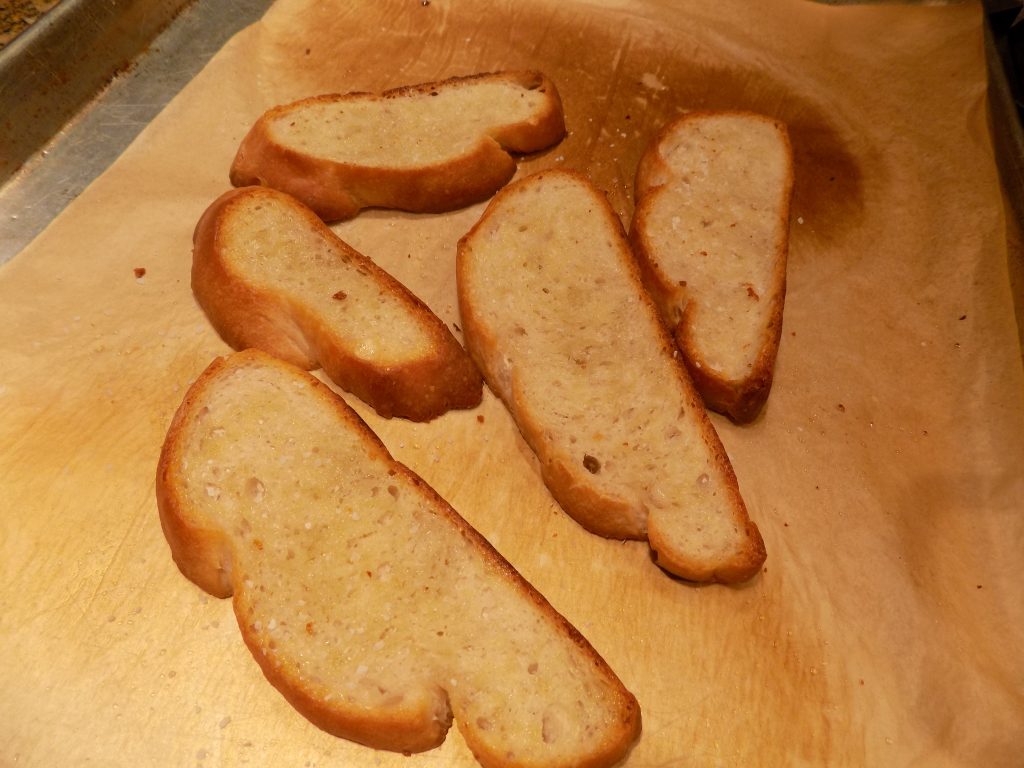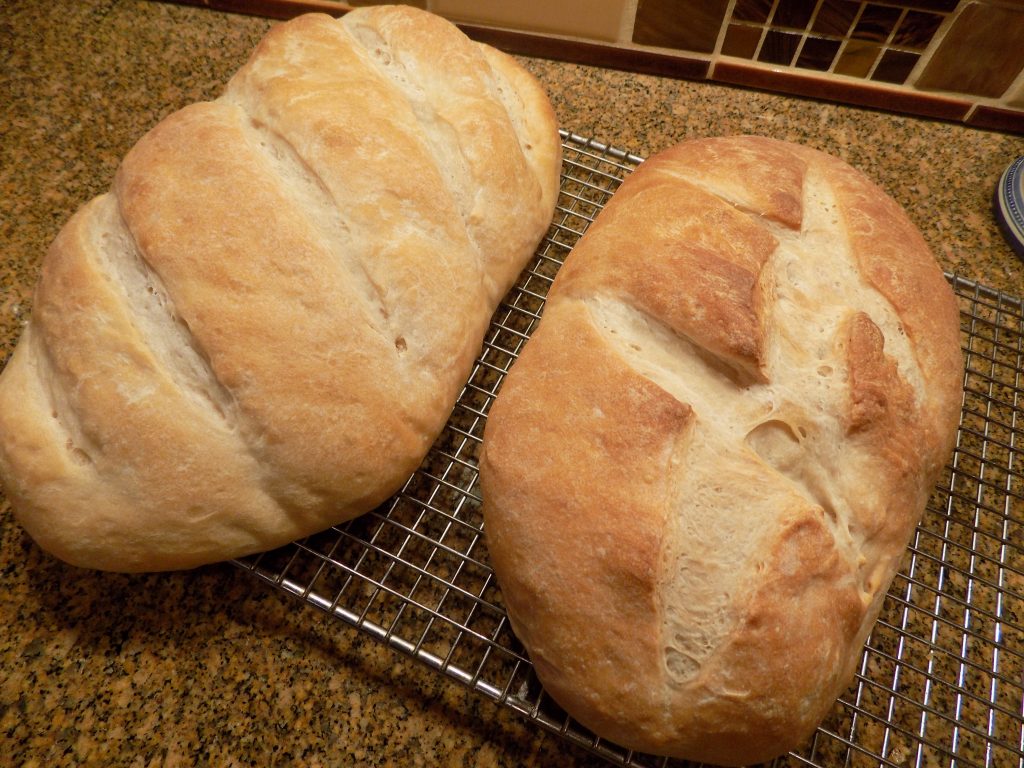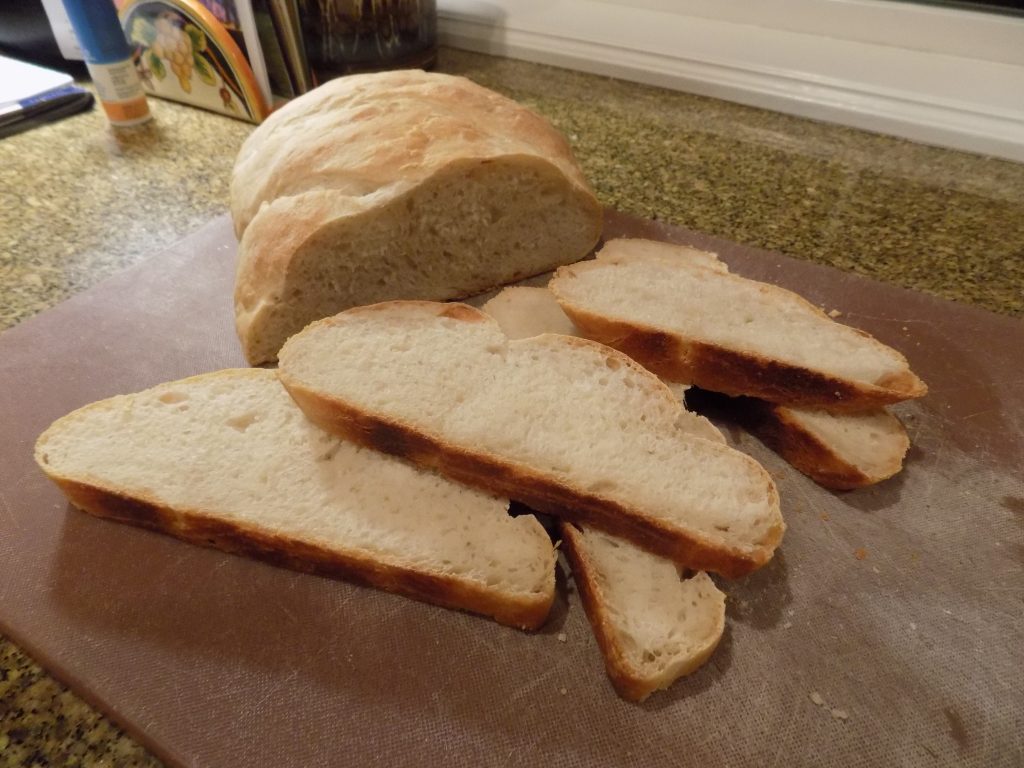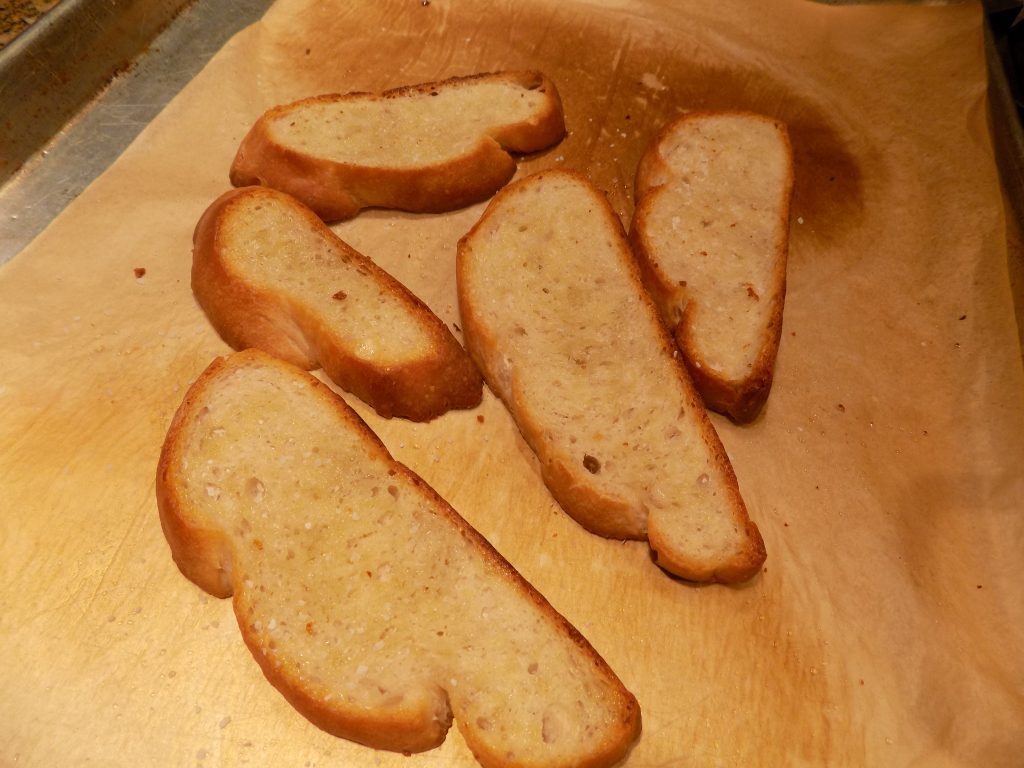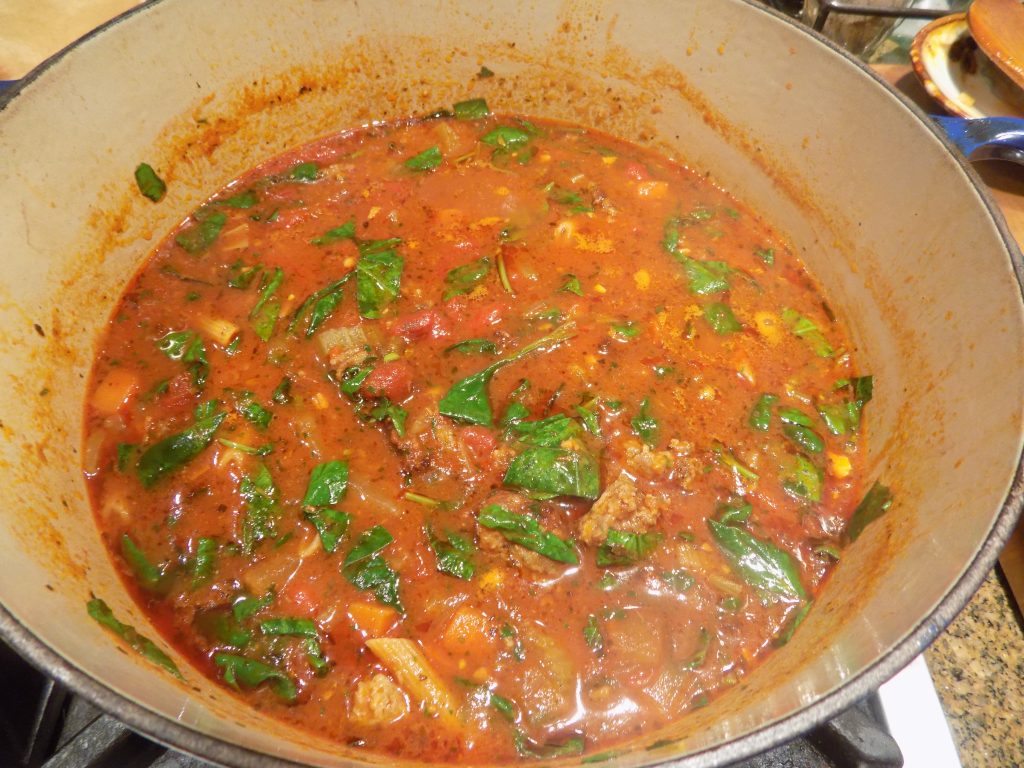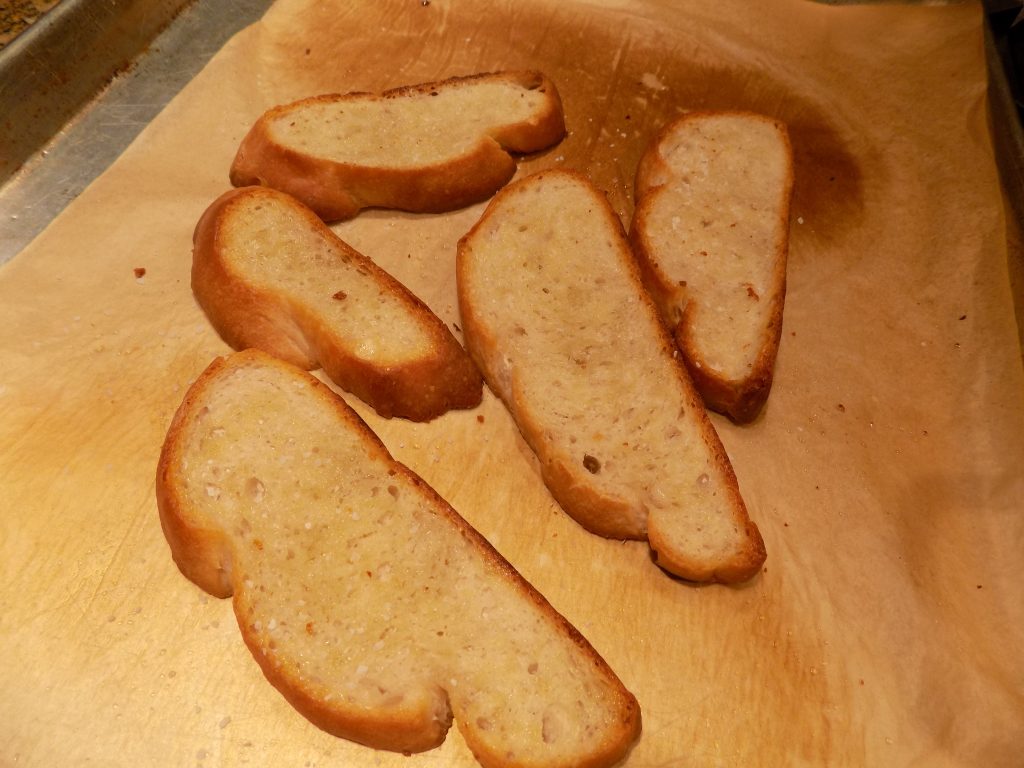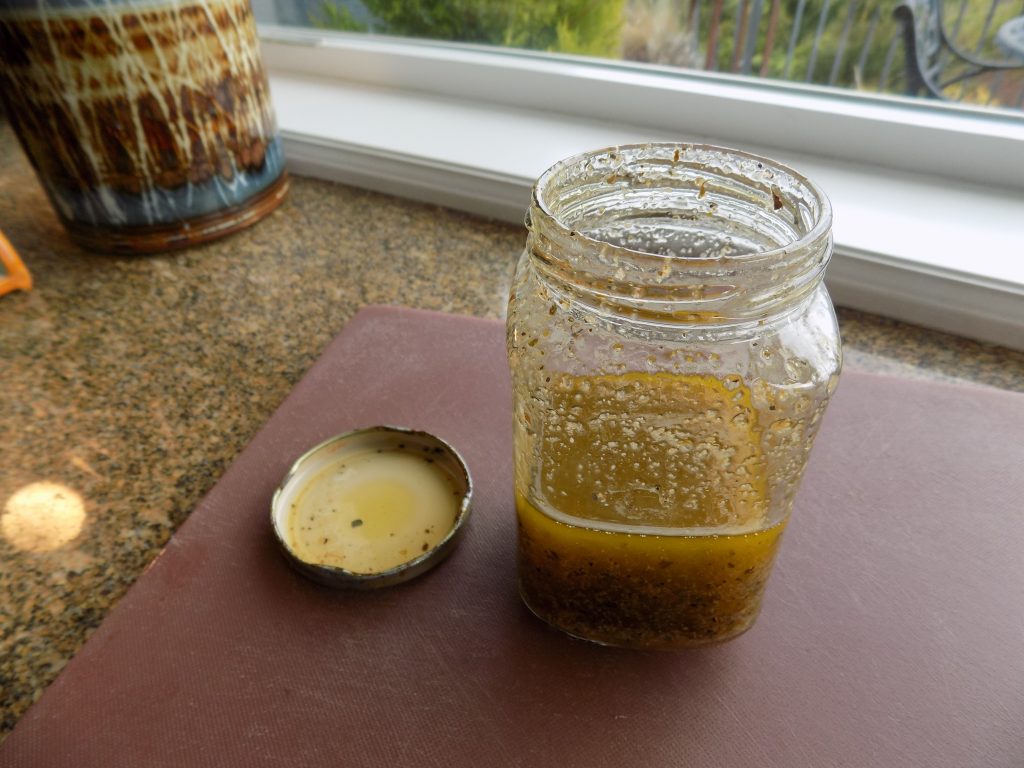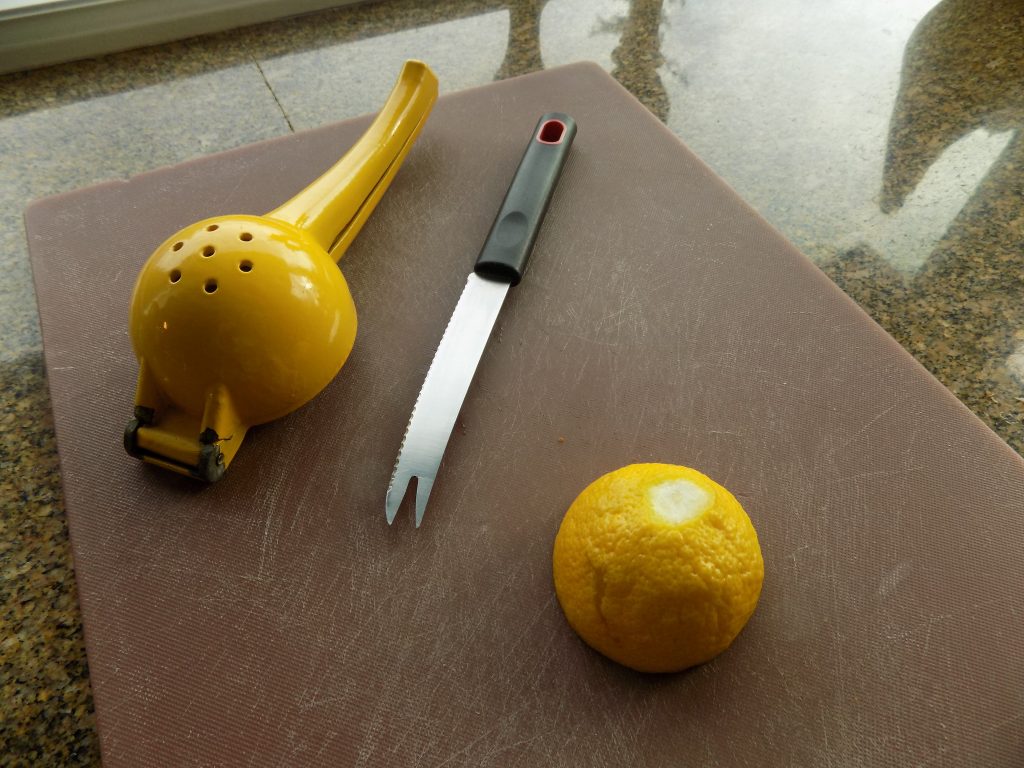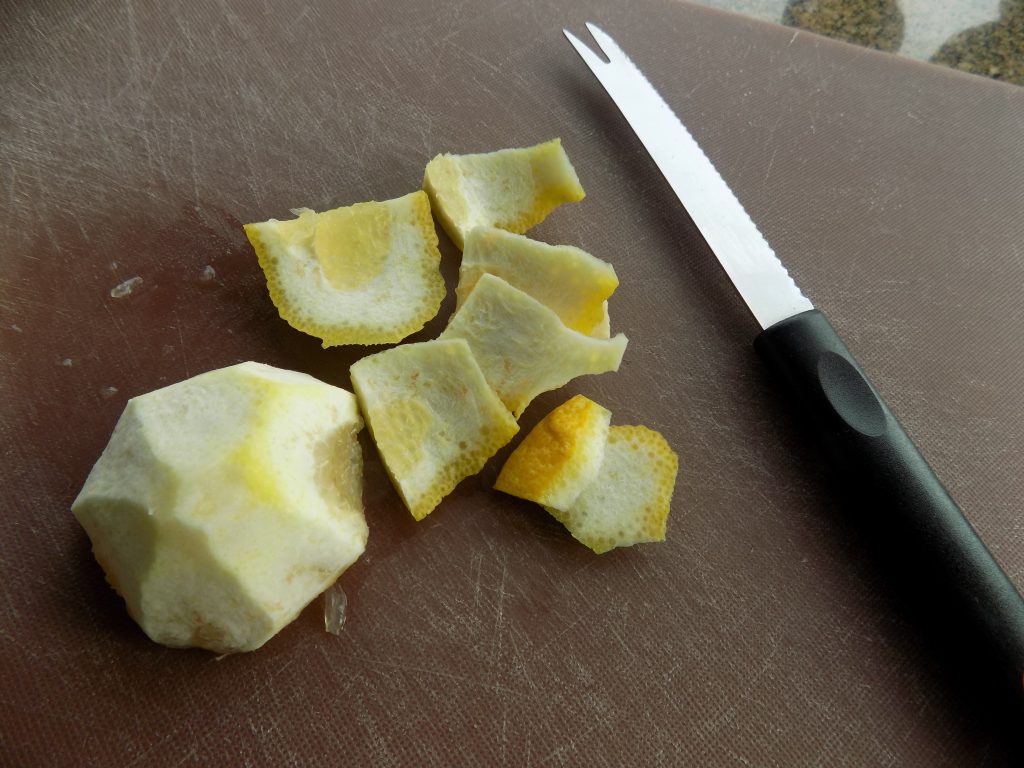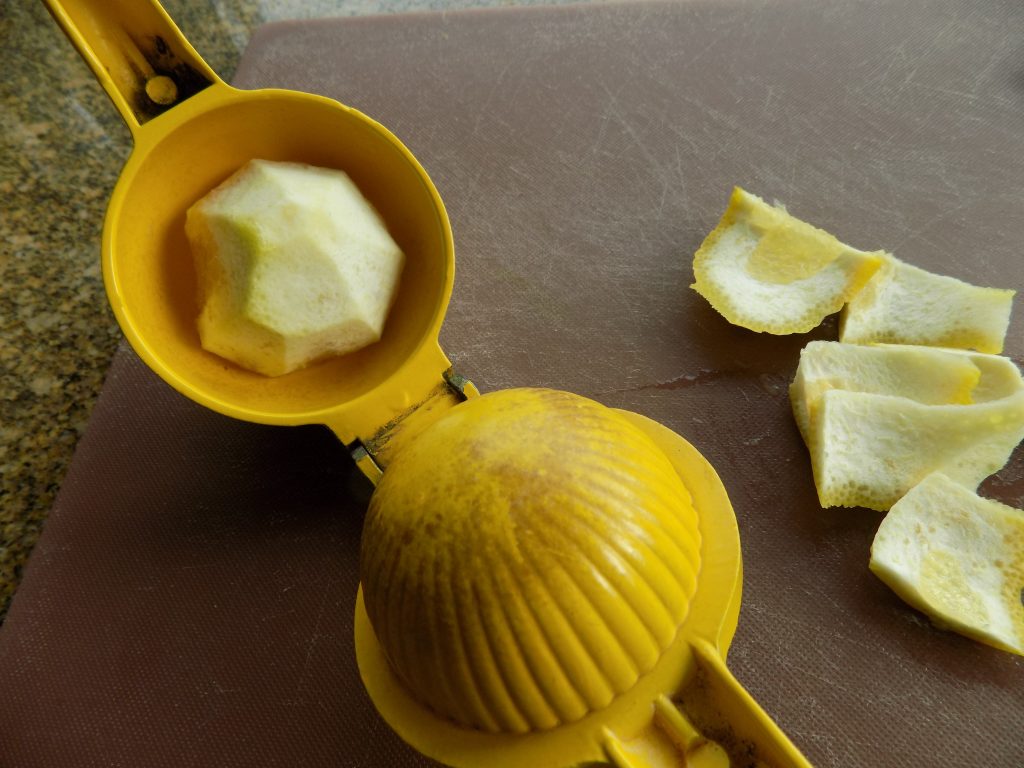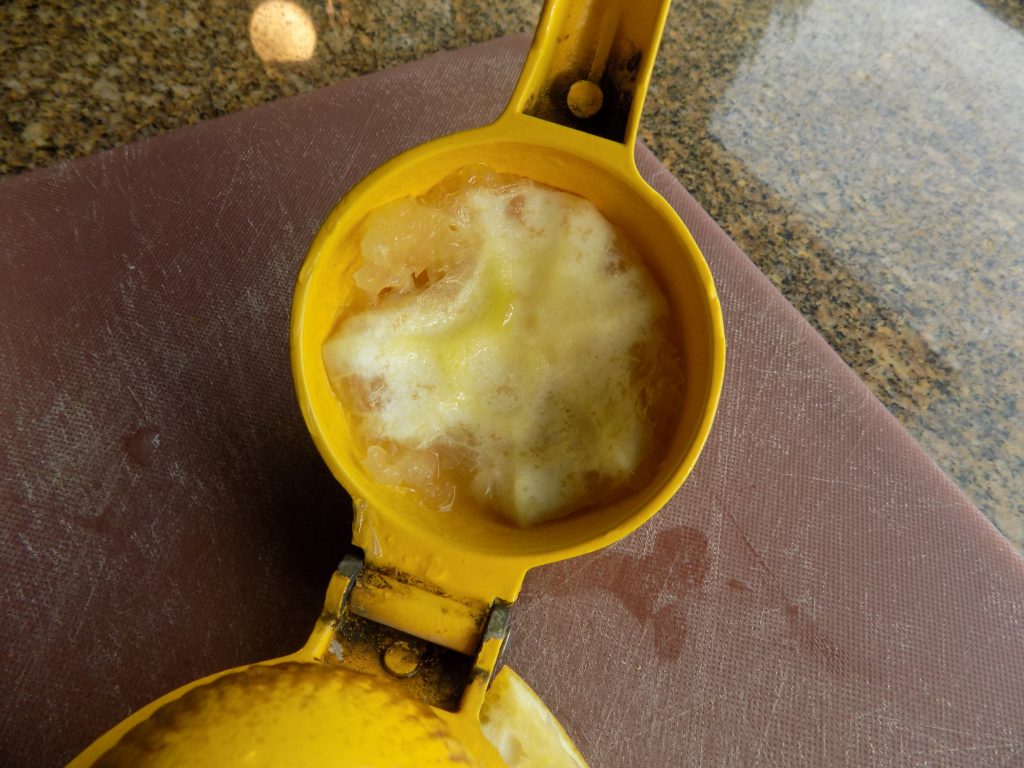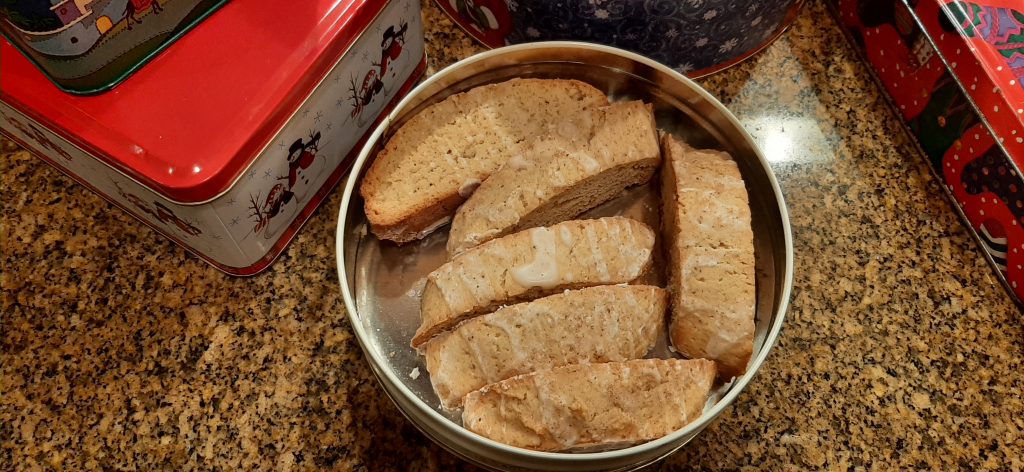
Since eggnog is a favorite of my husbands, and for him Christmas just isn’t the same without a bottle of the stuff in our refrigerator starting around Thanksgiving, I thought an eggnog flavored biscotti might just be a perfect treat for him. So, I went online to find a recipe. What I found were recipes that contained eggnog as an ingredient. And I thought to myself, what a waste of good eggnog when all the flavors of eggnog can so easily be duplicated by ingredients I always have on hand. Plus, then if he wanted eggnog biscotti in July for example, I wouldn’t have to build some homemade eggnog just for this recipe. I could basically make these delightful biscotti any old time I chose. (Or Mr. C. ever so nicely requested.)
So, the recipe below is what I came up with. And if I do say so myself, the biscotti were (they’re all gone now) delicious. And quite different from all the other biscotti I make. And yes, we love biscotti, so you will find several recipes on this site. They are all fabulous, and very easy to make.
Well, that’s all for today. Mr. C. has a rehearsal this evening, so dinner needs to be on the table by 5:30, which is much earlier than when he doesn’t have a rehearsal or gig. Usually, we get around to eating dinner around 7:00 pm. Then it’s reading time for me and reading and/or practicing the piano for Andy. In other words, very sedentary after dinner pursuits, which are not only consistent with our ages but also our inclinations. And doesn’t that make us lucky people.
May you also be able to follow your inclinations and enjoy some quality down time each and every day.
And as always, peace and love to all.
For the biscotti:
½ c. (1 stick) unsalted butter, room temp.
1 c. granulated sugar
2 eggs
½ c. whole milk
1 tsp. dark rum
1 tsp. cognac
1 tsp. vanilla paste or extract
3½ c. unbleached all-purpose flour, fluffed
2 tsp. baking powder
2 tsp. ground nutmeg
½ tsp. ground cinnamon
½ tsp. kosher salt
Line a large baking sheet with parchment paper.
In the bowl of your stand mixer, combine butter, sugar, and eggs until well blended. Mix in milk, rum, cognac, and vanilla bean paste.
In a separate bowl, whisk the flour, baking powder, nutmeg, cinnamon, and salt together. Mix the flour mixture into the butter mixture until well blended.
Roughly divide dough in half. Using buttered hands, shape each dough half into a long roll, approximately 14″ long. Carefully place rolls on prepared baking sheet, about 3-inches apart. With your fingers, lightly flatten each roll so that they are approximately ¾-inch thick.
Bake in a pre-heated 350-degree oven for 25 minutes or until golden brown. Remove from oven and place pan on wire rack for about 15 minutes. Carefully move the logs to a cutting board and cut diagonal slices (approximately ¾-inch thick).
Place slices, cut side down, back on original baking sheet. Bake for 10 minutes. Turn slices over and return to oven to bake for another 10 minutes or until firm to the touch and lightly browned. Remove from oven and transfer to wire racks to cool completely before glazing.
For the glaze:
1 c. powdered sugar
1 tsp. rum
tiny pinch cinnamon
tiny pinch nutmeg
2–3 T. whole milk
In a small bowl, whisk the powdered sugar, rum, cinnamon, nutmeg, and 2 tablespoons milk together. If needed, add more milk to achieve desired consistency.
Place completely cooled biscotti pieces, top side up, about a half inch apart on your large baking sheet. Drizzle the glaze over the biscotti. (You may not use it all. That’s OK.) Allow glaze to harden before storing biscotti in an airtight container.

